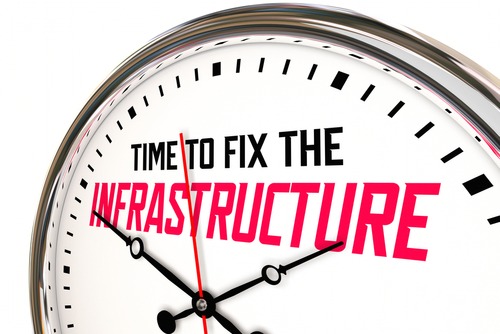
Maryland Gov. Larry Hogan discussed the transformation of the state’s infrastructure during an address to the Northern Virginia Transportation Alliance last week.
Hogan said his state’s roadway system had changed during his administration, as the Alliance presented him with the Hazel Transportation Leadership Award for his work advancing major transportation projects across the state.
“After inheriting crumbling roads and bridges, our administration has spent the last 8 years leading by example and showing Washington and states across the country how to put partisanship aside to seek bipartisan, common-sense solutions to serious infrastructure issues and how to actually get things done,” Hogan said. “I am proud that with every shovel in the ground, every safer road and bridge that opens, and every bus, train, and terminal that comes online — the legacy of Maryland’s infrastructure transformation will live on for decades to come.”
The alliance said Hogan was recognized for his leadership in seeing numerous infrastructure projects, like the Purple Line, Nice Bridge, American Legion Bridge and I-270 Express Lanes projects got attention. Hogan said the state had focused on infrastructure achievements, including making record investments in both roads and transit. The result was an advancement of priority projects in every jurisdiction, he said.
Among the projects Hogan touted were the repair or replacement of 95 percent of the 69 structurally deficient bridges that existed in the state when Hogan took office, with the remaining few being currently under construction. Additionally, Hogan said, the state has received final federal approval for its Traffic Relief Plan that would replace the American Legion Bridge and address traffic on the Capital Beltway. Other projects included the Purple Line, a multi-county 16-mile east-west rail line that integrates Metro, MARC and Amtrak; multiple dredging projects at the Port of Baltimore to accommodate supersized ships; and work on the Baltimore/Washington International Thurgood Marshall Airport.